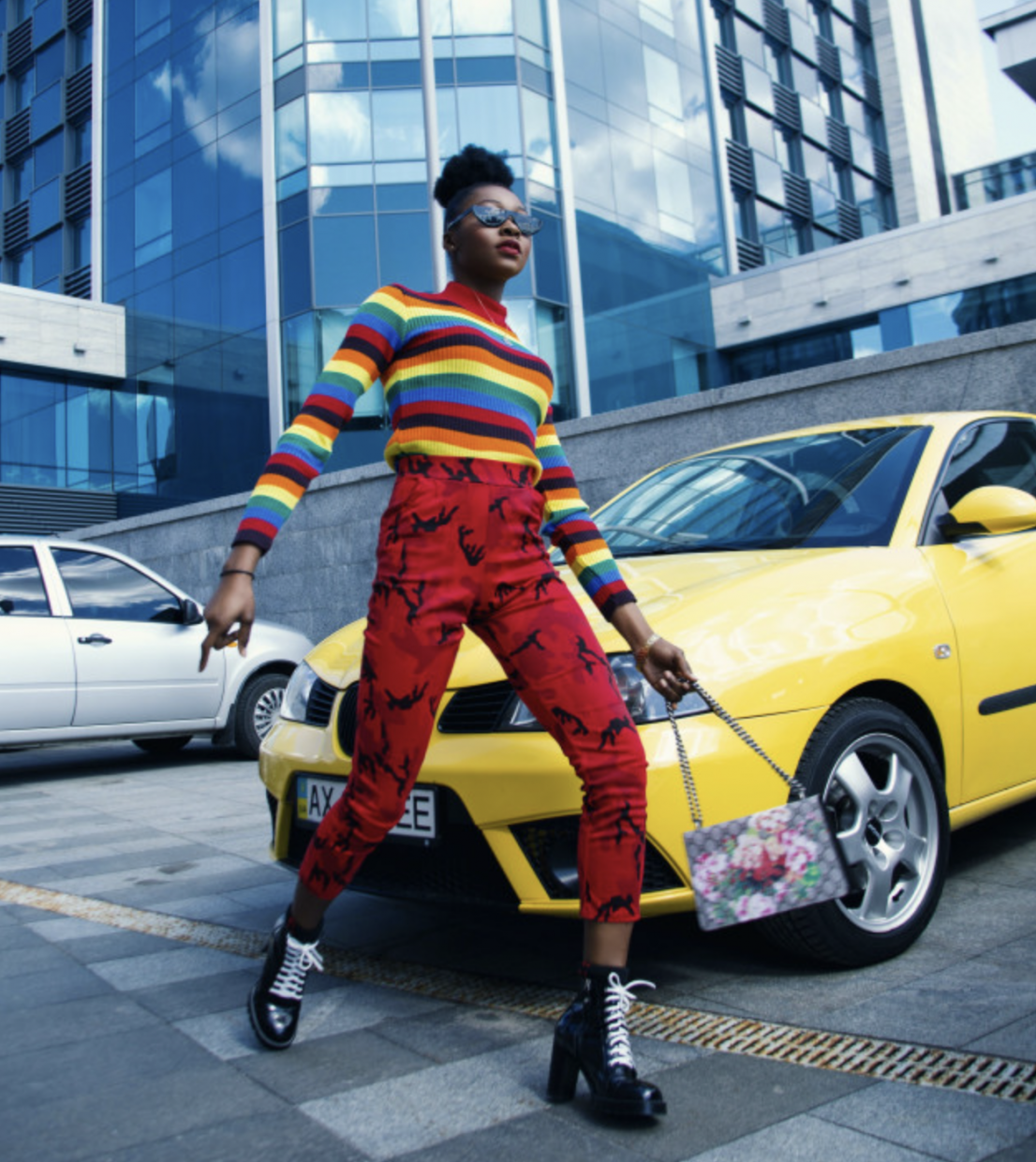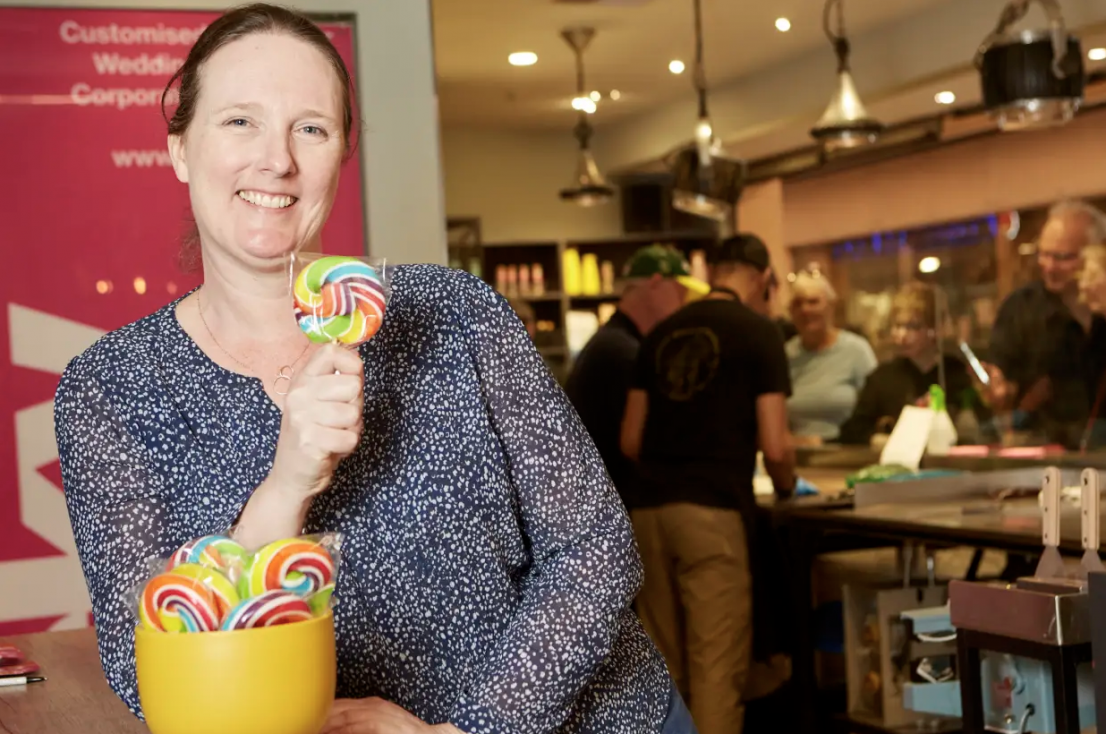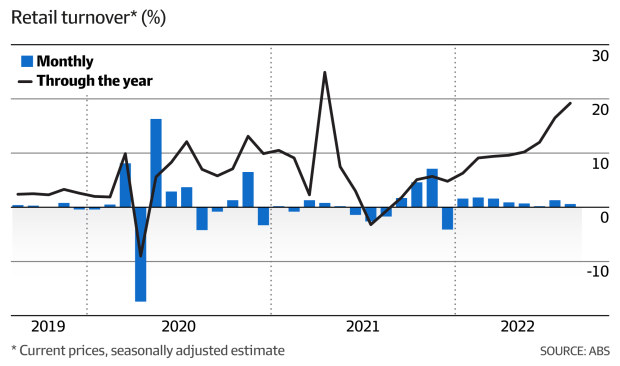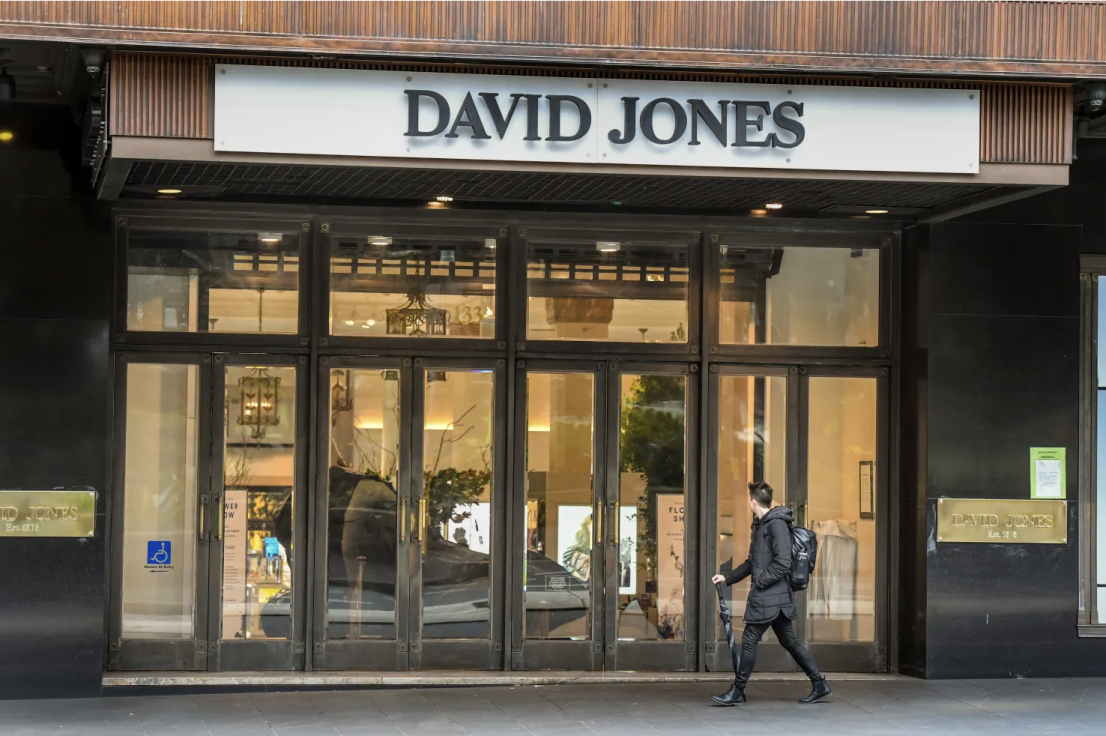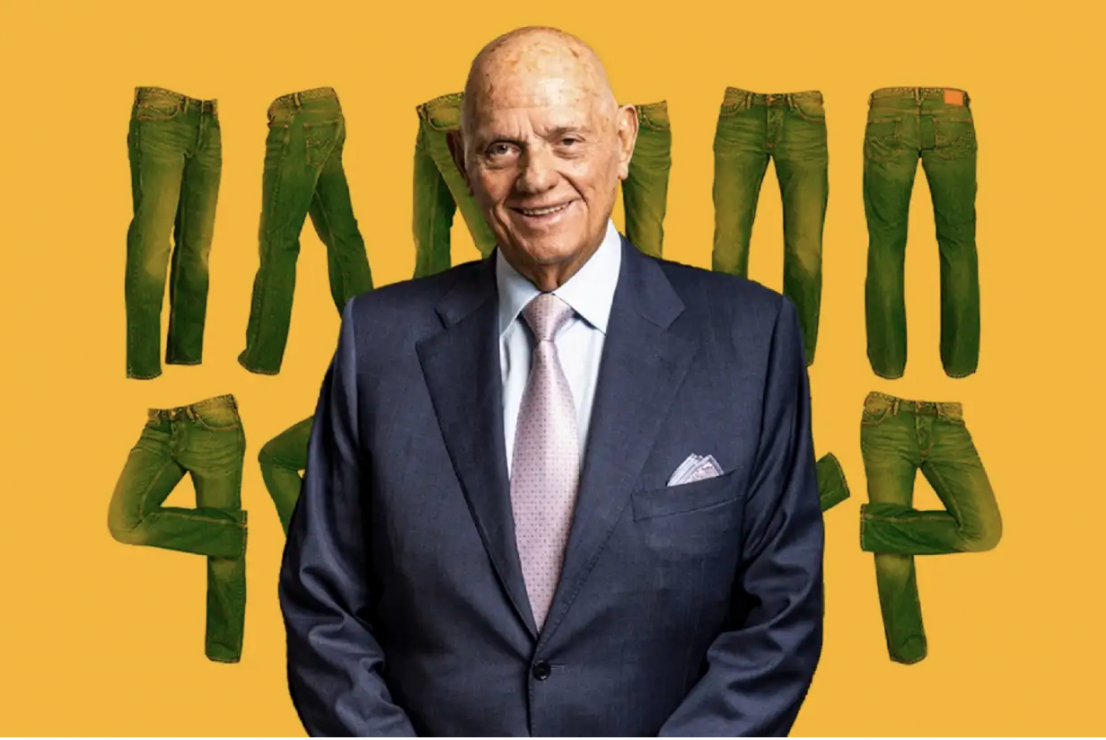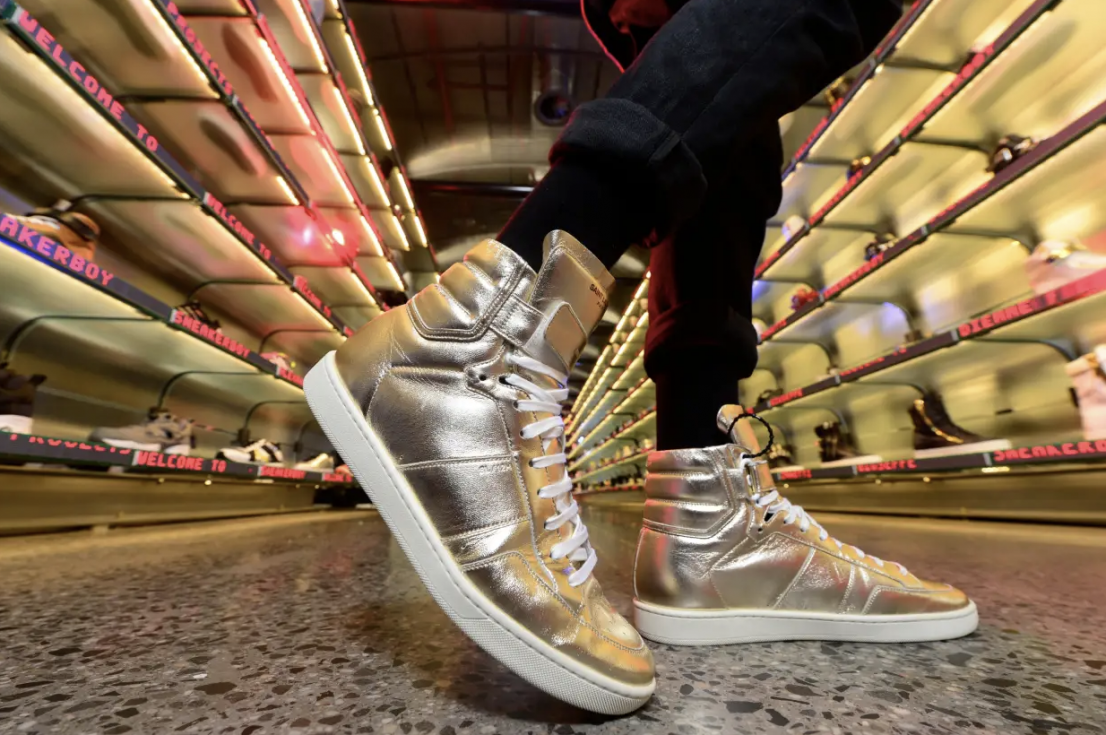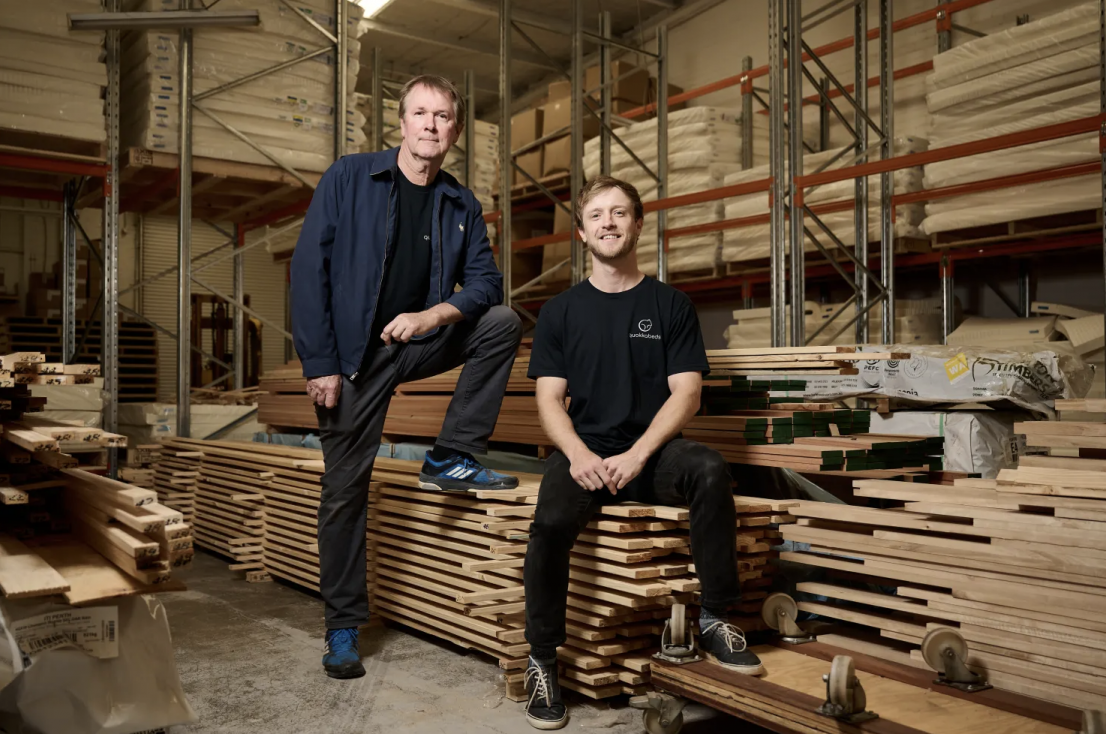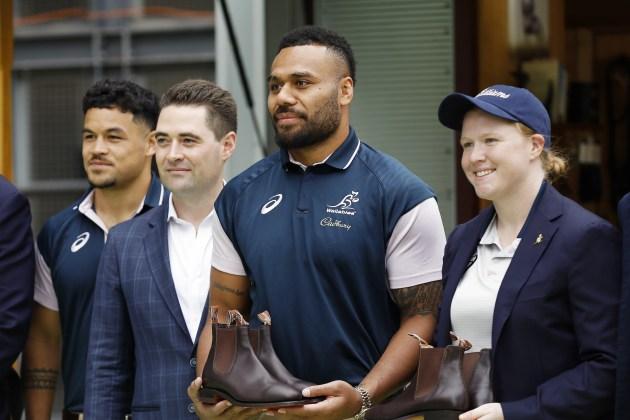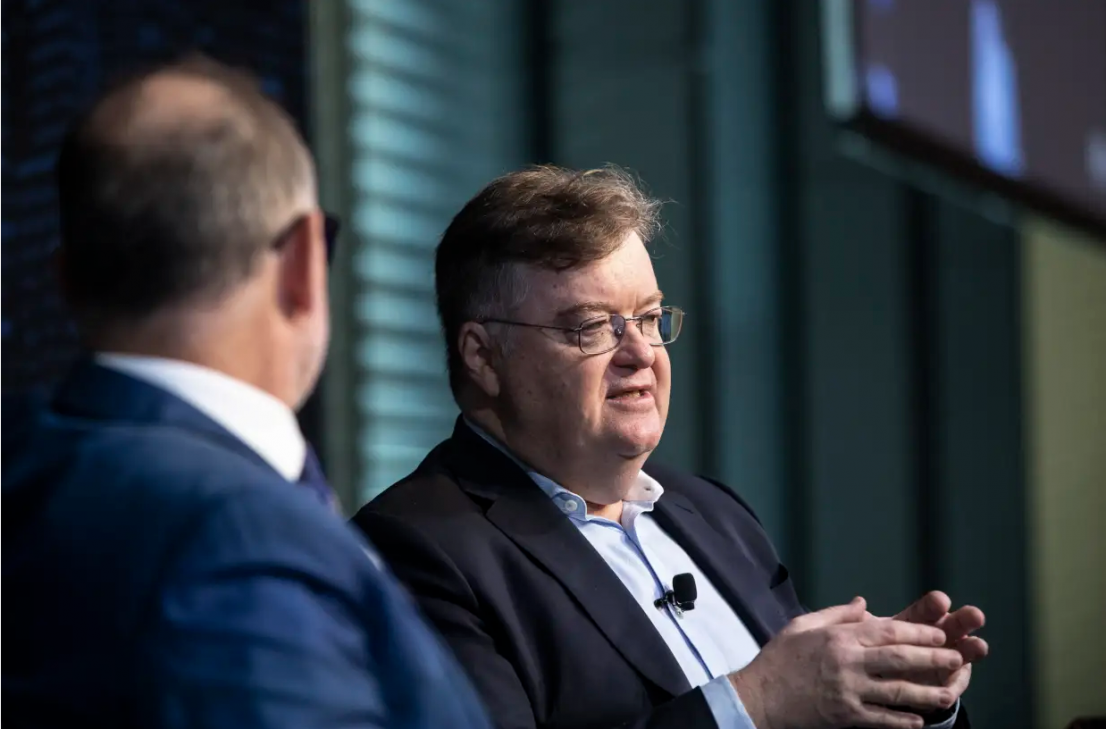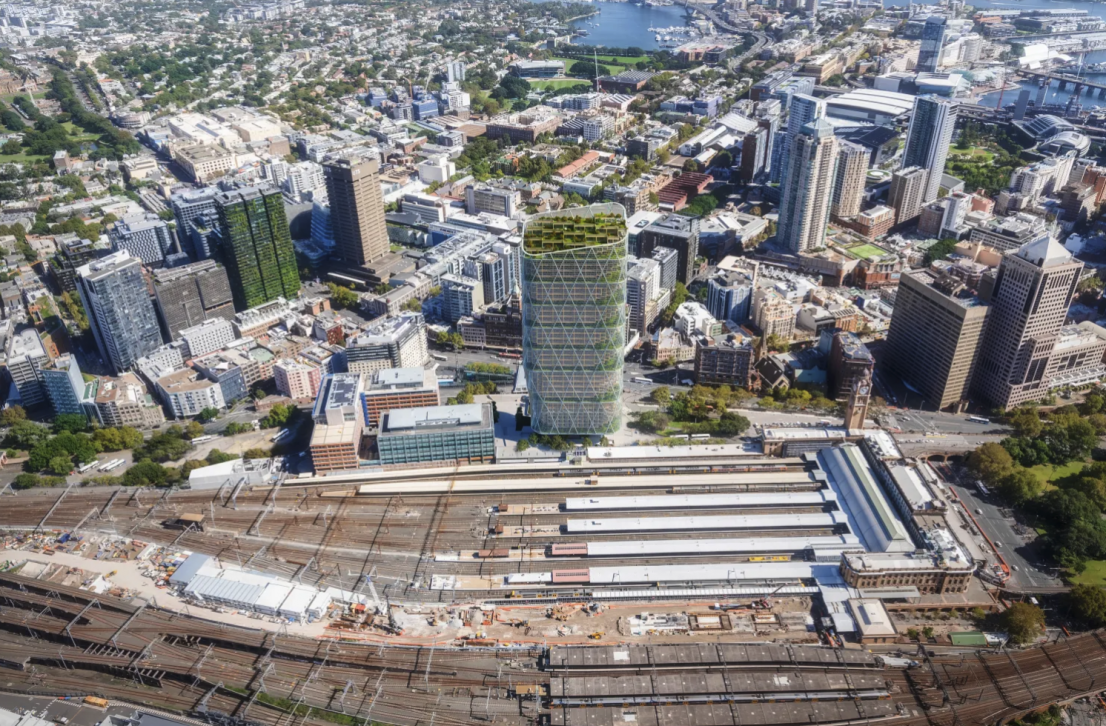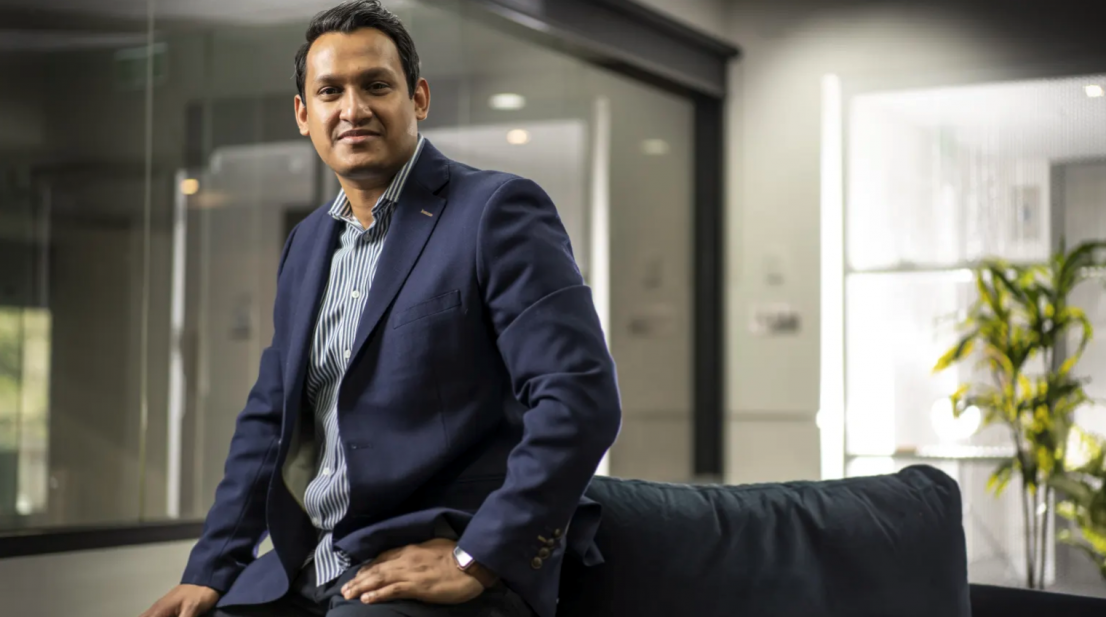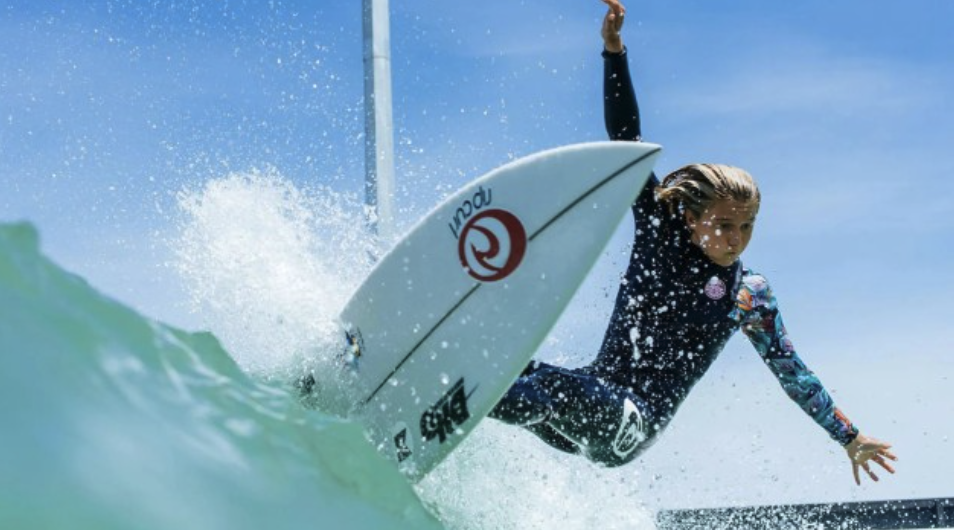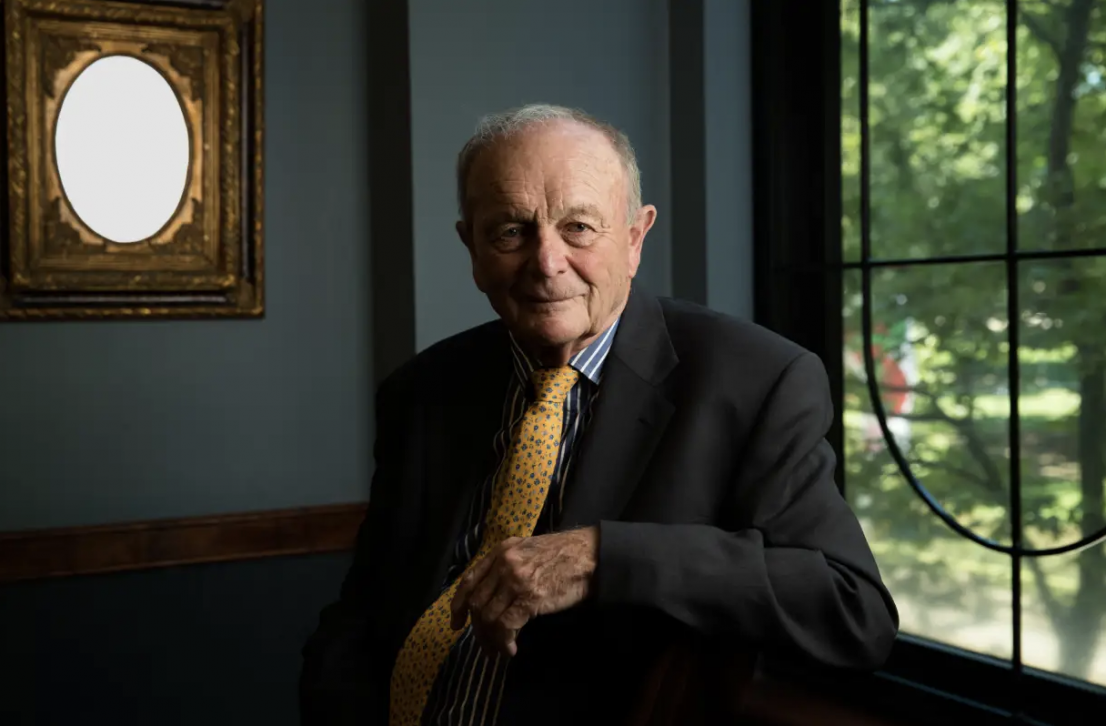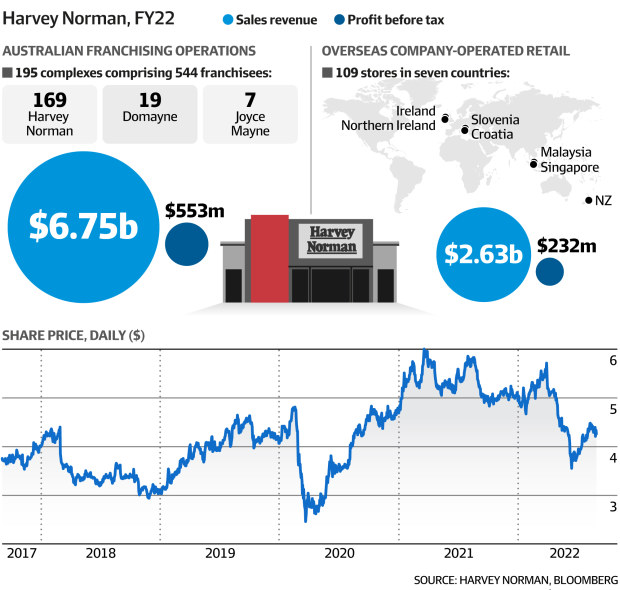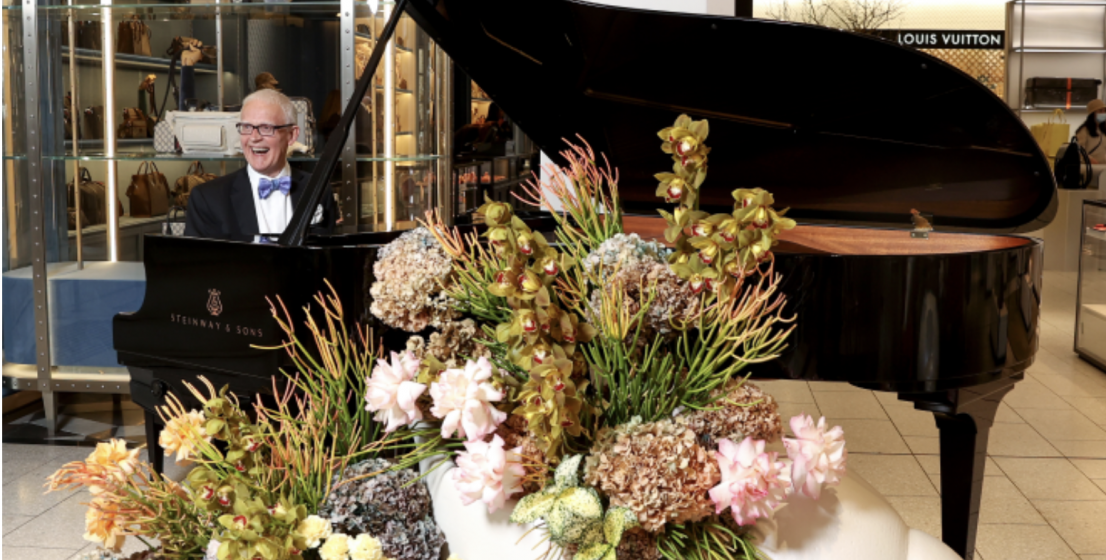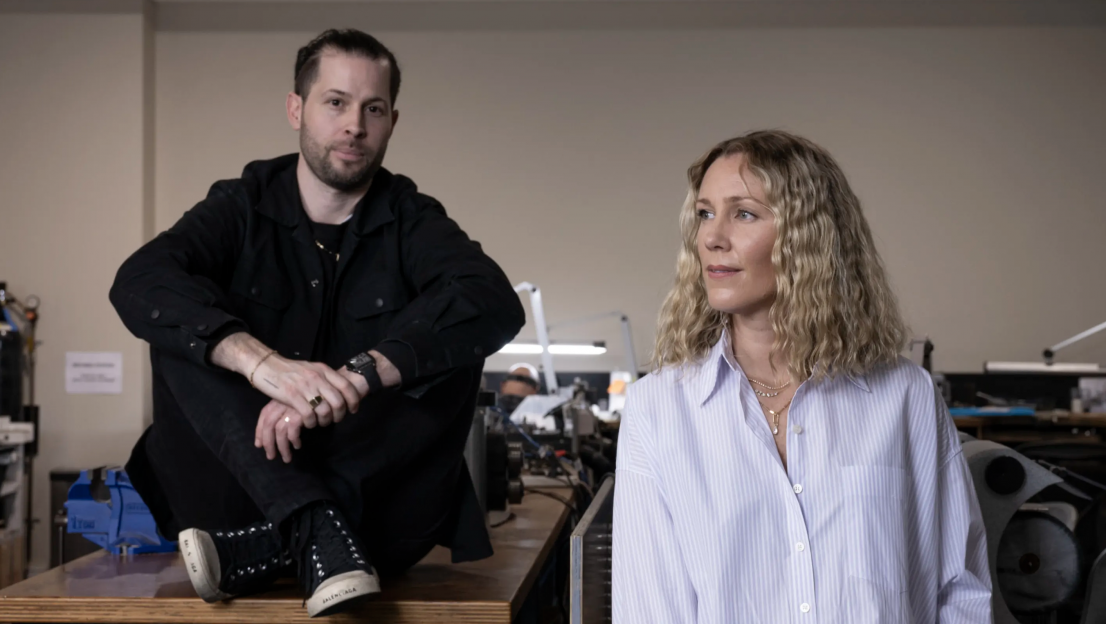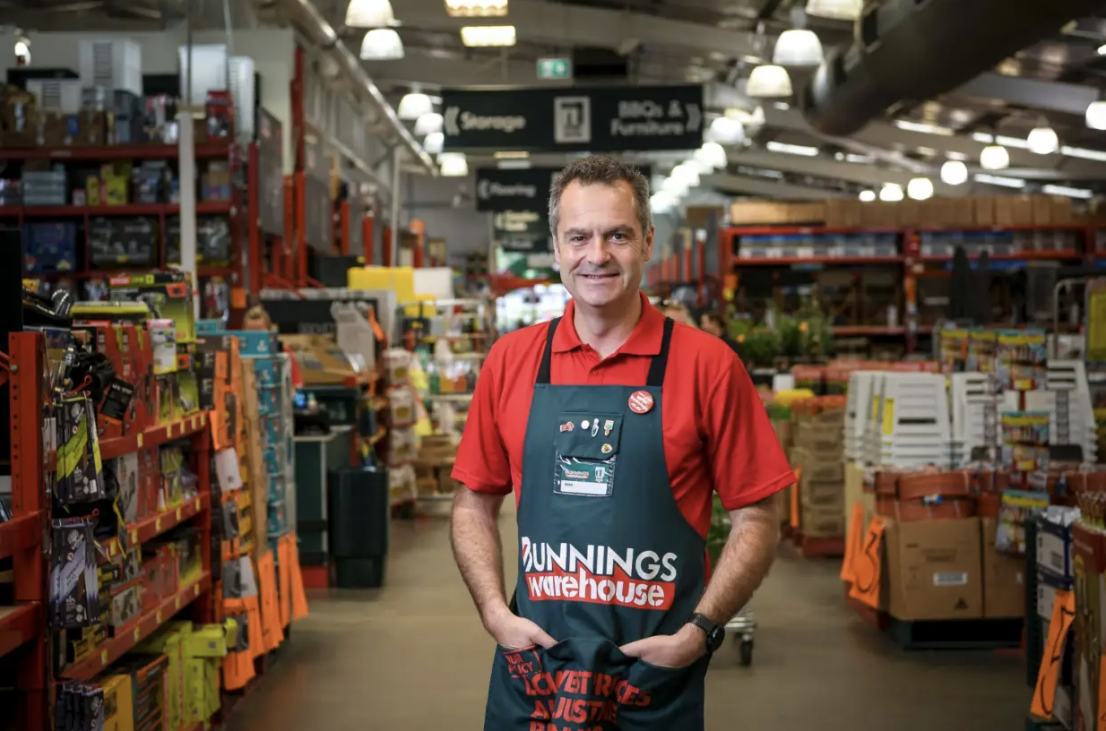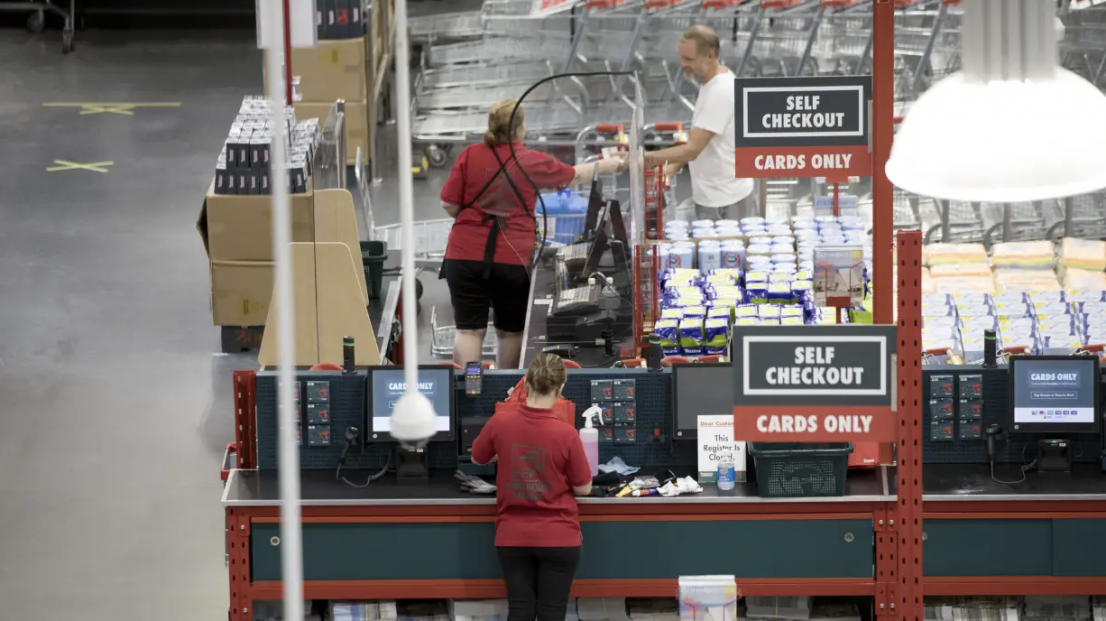
Big business is on a collision course with unions at the Jobs and Skills Summit, after the second-biggest private employer warned that the Australian Council of Trade Unions’ push for multi-employer pay deals would hurt investment and wages, as Labor ministers openly consider the proposal.
Wesfarmers chief executive Rob Scott, who will attend the summit next week, said the historically low 3.4 per cent jobless rate and skill shortages must be used as a “burning platform” to fix the broken enterprise bargaining system to increase productivity and deliver real pay rises for workers without fanning inflation.
Mr Scott, who is also a board member of the Business Council of Australia, said “flexibility and innovation cannot be unlocked with collective bargaining or industry agreements”.
“In practical terms, in businesses that means that we need to invest in more productivity-enhancing technology.
“We need to work with our team to find new ways of working more efficiently.
“And that flexibility that we require can really only be unlocked, through enterprise agreements that are company-specific.”
Wesfarmers employs more than 100,000 workers across enterprises including Bunnings, Kmart, Target, Officeworks and Priceline. The conglomerate unveiled an annual profit of $2.35 billion, down 1.2 per cent.
Mr Scott said inflation pressures were likely to persist for the next six months, but a recent fall in the wholesale cost of timber, cotton, copper, aluminium and plastic were likely to help ease prices on store shelves for shoppers next year.
A shortage of workers and cost pressures were making it hard to commit to investing in projects, he said.
Business has been spooked by Industrial Relations Minister Tony Burke who said he was “interested” in the ACTU’s proposal for “multi-employer bargaining” to boost wages, which had failed to rise much despite the low jobless rate.
Business, economists and the Reserve Bank of Australia are increasingly confident wage growth will pick up to around 3 per cent in the second half of this year.
Some business community summit participants are anxious that the unions’ aggressive pre-summit public relations campaign has outmanoeuvred business, and left companies vulnerable to union-friendly industrial relations changes under Labor.
There is general agreement between the government, business and unions on increasing the 160,000 permanent immigration cap, investing in skills and the principle of increasing productivity to lift wages, which are likely to be agreed to at the summit in Canberra.
In urgent need of repair
Treasurer Jim Chalmers, who will chair the summit, struck a more conciliatory tone than Mr Burke by urging business, unions and community groups to “come together” and find “common ground” to “deal with the challenges in our economy”.
“There won’t be unanimous agreement around any of those, but let’s see if we can find some common ground in areas like migration, participation, skills and training, industrial relations, all of these important issues,” Dr Chalmers said on Friday.
“How can we tackle the gender pay gap and the issues of women’s participation in the labour market?”
Wesfarmers chairman Michael Chaney told shareholders in the company’s annual report that the “labour relations system is also in urgent need of repair”.
“Increasingly, employers are abandoning the higher productivity-achieving enterprise bargaining system in favour of awards,” Mr Chaney wrote.
“Enterprise agreement processes have become excessively complex and legalistic and the ‘better off overall’ test has lost its original, intended meaning.
“All parties need to attend that gathering with the common goal of finding reforms and ideas that benefit both employers and employees – the former with increased productivity and the latter with higher real wages.”
Dr Chalmers and Prime Minister Anthony Albanese have both said the enterprise bargaining system is “broken”, without supporting or rejecting the union push for multi-employer pay deals.
Mr Burke and others in the Labor Party have been more publicly supportive of the union push.
A business source said there were growing concerns that elements within the Albanese government, such as Mr Burke, were pushing a “Whitlam-esque” industrial relations agenda from the 1970s when wage rises for unionised and public sector workers exacerbated inflation.
In contrast, at the 1983 economic summit hosted by Labor prime minister Bob Hawke, unions agreed to moderate their wage claims to reduce inflation, while receiving superannuation and more social services for workers as a quid pro quo.
Woolworths chief executive Brad Banducci said he was looking forward to talking at the summit about increasing immigration before Christmas and the “link between productivity and wage growth”.
“We are believers in wage growth,” he said.
“We just need to make sure we get the right productivity conditions.
“I think the key to that, of course will be modernising the awards system in general for the retail industry, which is the one we’re mainly focused on.
“I think we also need to talk very constructively and openly on the topic of flexibility which our customers want and our team want.
“We need to make sure that we have the right protections around it, but that we do not constrain flexibility for people so they can choose how to best balance their lives.”
The thorny issue of enterprise bargaining, on which the Morrison government came close to securing business and union agreement, is expected to be passed to a labour market white paper to be worked on after the summit being held next Thursday and Friday at Parliament House.
No public unified front
In the spirit of co-operation that Dr Chalmers spoke of, Business Council of Australia chief executive Jennifer Westacott will appear in a joint interview with ACTU secretary Sally McManus on the ABC Insiders television program on Sunday.
Peak business groups have been loosely coordinating behind the scenes, including the Business Council of Australia, Australian Chamber of Commerce and Industry, Australian Industry Group, Small Business Council of Australia, Minerals Council of Australia and Master Builders Australia.
While they agree on the high-level principles on IR and other labour market matters, there has not been a public, unified front on the finer details.
The Council of Small Business Organisations Australia flagged this week it is open to discussing sector-wide bargaining rights with unions as a way to simplify the award system, going against the strong opposition from major employer groups.
Some business groups are wary of the BCA getting together with unions, and of the potential for a split among business groups like there was during negotiations over industrial relations with the Morrison government.
The BCA, ACTU and then attorney-general Christian Porter blindsided other business groups in 2021 with an agreed proposal to give preferential treatment and more flexibility to union-backed enterprise bargaining agreements.
Master Builders Australia chief executive Denita Wawn said: “There is an agreement across the board among unions and business that enterprise agreements need fixing, but the question is how?
“We’re all trying to achieve the same outcomes.
“Ultimately, we want to see productivity improve through the IR lever, but our concern is you can’t preclude one sector of the economy that is not unionised in having flexibility.”
In the lead up to the summit, business groups, unions and community groups have been meeting government ministers and departments.
